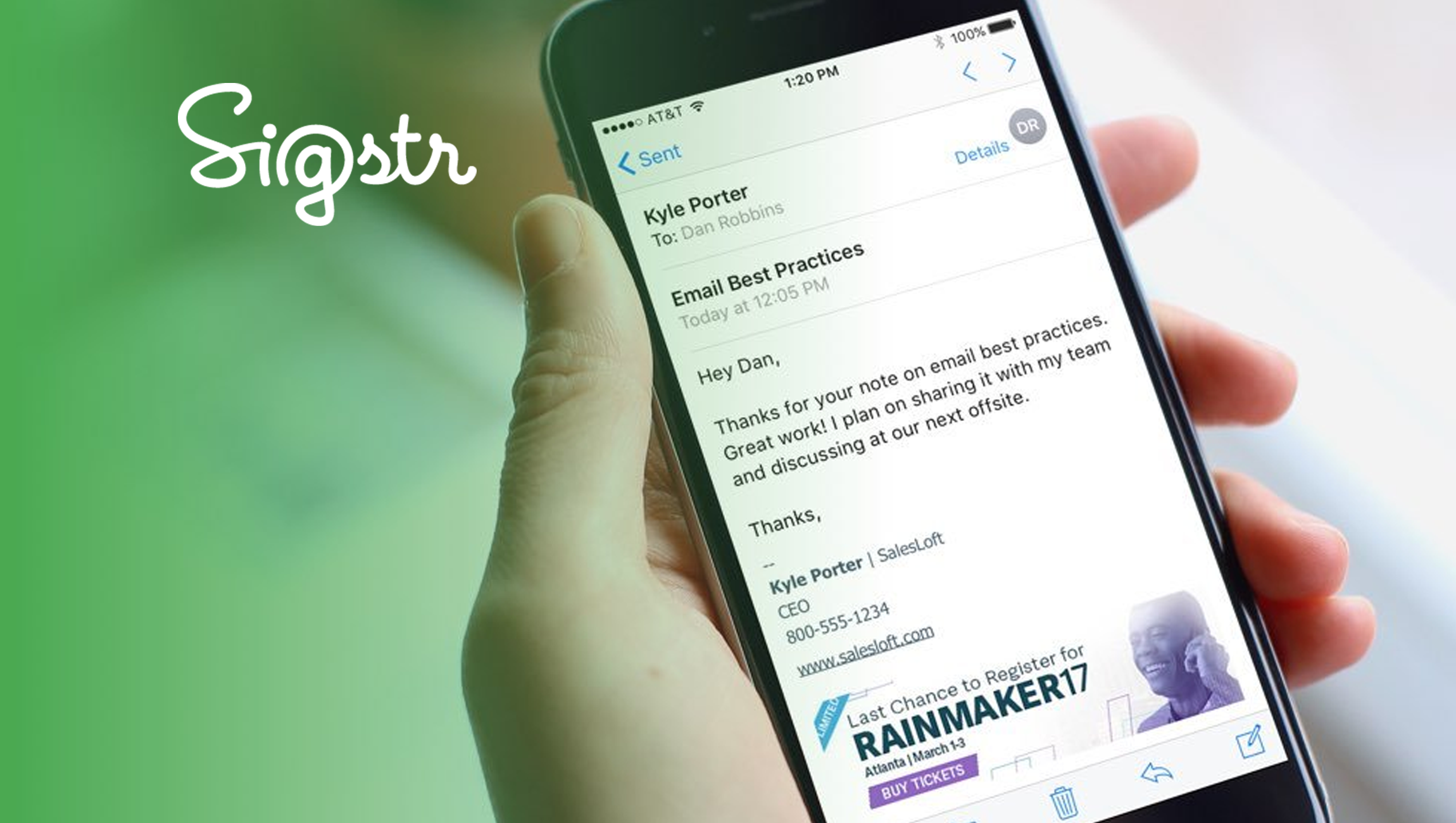People-based marketing has continued its meteoric rise since the concept debuted at Advertising Week almost three years ago. In fact, a recent study commissioned by LiveRamp found it “has become a strategic imperative for virtually every brand,” with 92 percent of marketers saying that the inclusion of people-based tactics in digital marketing is “vitally important.”
Defined as the ability to target real people across channels and devices using a persistent identity, a people-based approach enables marketers to deliver more relevant and coordinated content, messages and offers that enhance the consumer experience, and in turn, drive greater returns for their business. While the benefits are clear, capitalizing on the opportunity remains a key challenge—with data fragmentation, identity resolution and omni-channel consumer views cited in the study as major roadblocks.
So how can marketers overcome these hurdles and deliver on the promise of people-based marketing? Here are three key strategies to set your organization up for success:
Recommended Read: Interview with Manu Mathew, Co-Founder & CEO – Visual IQ
Break Down Silos
People-based marketing requires having insight into every touchpoint in the consumer journey, so marketers can deliver relevant messages and offers to customers and prospects at key moments of engagement or opportunity. Unfortunately, most marketing organizations operate in technical and operational silos—with marketing functions managed separately by different internal teams, and advertising managed by one or more external agencies. When channels and tactics are managed and measured in silos, it’s impossible to holistically assess performance, or track the consumer journey from first exposure to final conversion.
To successfully implement a people-based marketing strategy, brands must break down these silos. By merging disparate sources of audience and interaction data into a single, centralized repository, marketers can track the consumer journey across all touchpoints and use multi-touch attribution to analyze marketing and media performance in the context of key audiences. With a holistic and comprehensive view of what’s working and what’s not for each type of audience, internal and external teams can work together to maximize spend efficiencies while delivering a better overall experience for both customers and prospects. This kind of audience-based analysis, where marketing and advertising performance is tied to demographic, behavioral and other audience attribute data, provides some of the most powerful and actionable insights a marketer can ask.
Read Also: Martech Series Primer: How to Create a Mobile Marketing Strategy in 2017
Target Individuals, Not Cookies
Unlike cookies, people-based marketing gives marketers the ability to target real individuals that are linked across digital, mobile and offline environments using a unique identifier. While most customer relationship management (CRM) systems contain the information required to personalize communications with customers and sometimes even with prospects, many marketers lack the ability to resolve identity across all channels and devices. Without a single, 360-degree view of each individual, marketers can’t deliver relevant, coordinated communications across their preferred channels and devices.
To produce a richer view of individuals, marketers need to reconcile disparate online, device and offline point of sale data with deep demographic, intent, interest and other audience attribute data. By synthesizing all this data together, marketers can develop a more complete, people-based view of their customers and prospects, create high-value audience segments to target, and tailor messages and experiences to meet their unique needs and preferences.
Optimize Omni-Channel Experiences
A people-based marketing strategy prioritizes how brands connect and engage with customers and prospects in each phase of their journey. Consumers don’t engage with a brand in a linear fashion. Instead, they meander through the funnel and expect different interactions depending on whether they’ve just become aware of your product, are considering options, or are ready to purchase.
To optimize their omni-channel experiences, marketers need smart technology that helps them understand the journeys their customers and prospects take, and optimize their experience with individual touchpoints along the way. Marketing intelligence platforms have recently emerged that combine audience attribute data with tactical marketing performance, so marketers can see all the consumer touchpoints involved in the buying cycle and track how each interaction contributes to a desired action (e.g. engagement, online conversion, in-store visit, etc.) at each stage in the funnel. With visibility into how certain audiences respond to different messages, offers, creatives and other granular tactics, marketers can make the consumer’s whole journey a better experience, while optimizing their budgets to drive the online and offline success metrics they care about most.
As the meteoric rise of people-based marketing proves, there is a growing awareness that marketers must rethink their traditional approaches and target, measure and optimize their marketing and advertising at the level of real people. Marketers must base their efforts on an in-depth understanding of their customers and prospects, their journeys, and the marketing and media tactics that produce the best results. And this means having the right technology to produce effective and actionable people-based intelligence.
Read Also: Visual IQ Integrates Lotame Audience Data to Deliver People-Based Marketing Insights











